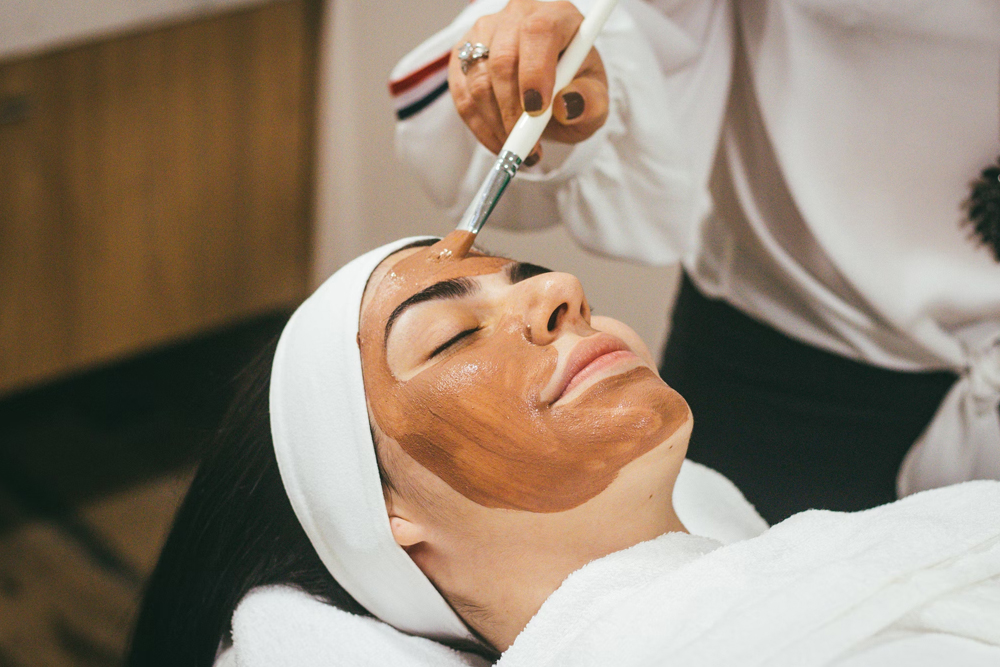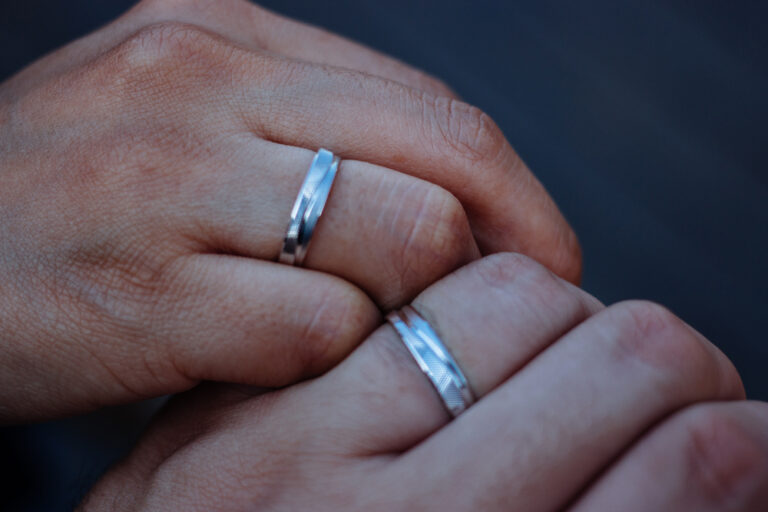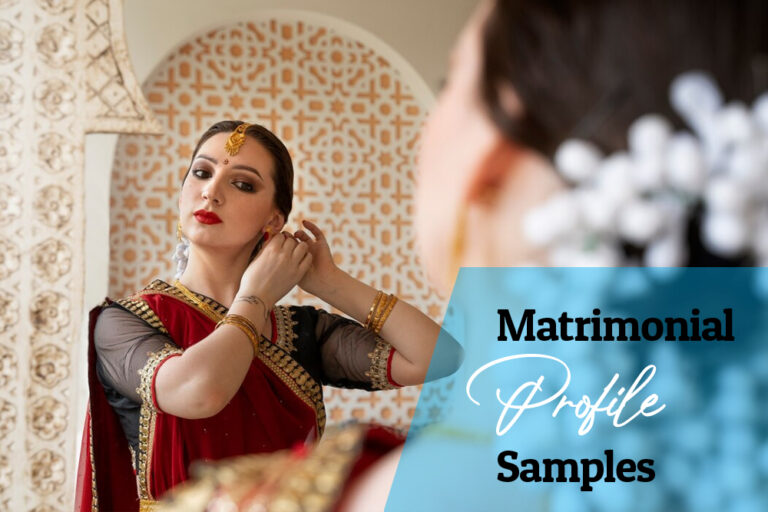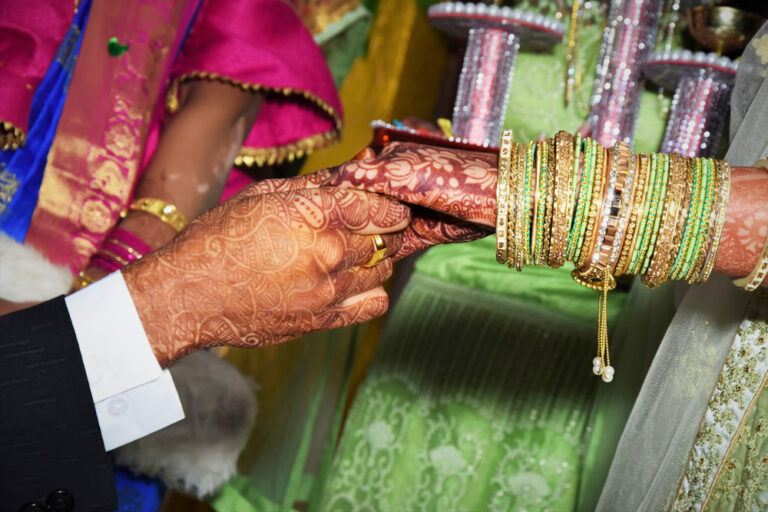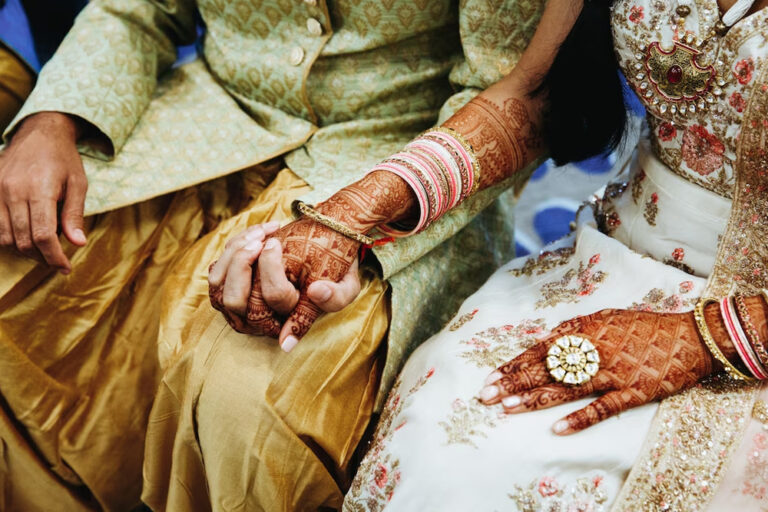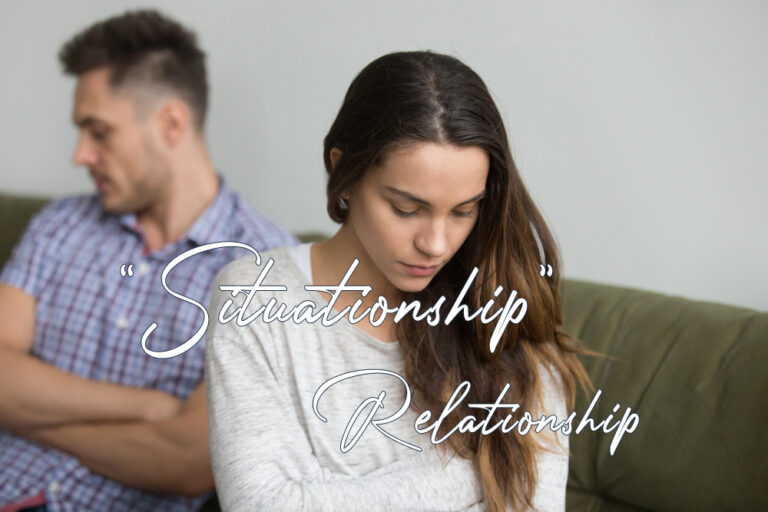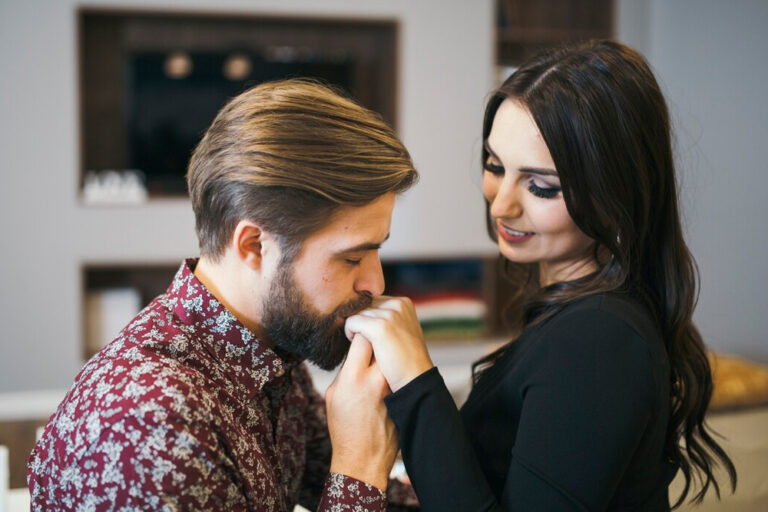Beauty rituals from around the world
Since times immemorial, women have been subjecting themselves to crazy beauty practices to look beautiful. Some of these ancient beauty rituals are still relevant and some are gaining back their influence. We now have different products easily available at the click of a button, but back then people had to get creative.
With environmental pollution and adverse lifestyle factors affecting the health of our skin and hair, this era is sure going to need them. And since society is going back to the beauty rituals of ancient Ayurveda and we feel it it will only be informative and helpful to introduce you to some other Ancient Beauty Rituals from around the world.
Turmeric in Southern Asia
What better way to kickstart this lineup than this ancient miracle ingredient? Turmeric is an integral part of Indian beauty rituals, so much so that applying it prior to a wedding in India or Pakistan, is a celebrated ceremony. This spice is an antiseptic that can heal and repair skin, making it glow. It was and still is, used as a face pack, combined with rosewater or milk. Ancient ayurvedic beauty can never be complete without this chief component.
The classic Haldi Ubtan face mask which originated in India, over 5000 years ago, is still considered to be the first beauty product ever created. Made of turmeric, other herbs and gram flour, Ubtan is usually mixed with water or milk and then applied to the skin. Even today, many women across the Indian subcontinent use different variations of this recipe to make their own face masks to apply at home. It is known to keep acne, pigmentation, dull skin and ageing at bay and we assure you that it actually works.
Dominican way to stronger nails
So what is the secret to the super strong nails of women from the Dominican Republic? Garlic. It is the natural way to strengthen your nails and to ward off vampires! Want sturdy nails? Chop fresh garlic pods and add them to a bottle of clear nail polish. Leave them in there for seven to eight days. Paint your nails with this concoction. Although it will smell initially, it is a small price to pay to getting rid of brittle nails.
Mud Baths in Napa Valley
Over thousands of years ago, the native American Wappo people of North America used nature to their advantage. Calistoga, Napa Valley, a region in Northern California has a volcanic history, and subsequent geothermal springs created an opportunity for the creation of volcanic mud baths: an overflowing relief on weary backs and muscles. Mud baths exfoliate and soften the skin.
These mud baths were created by mixing the local ashy soil with warm, mineral waters that sparkled in the springs, which softens and exfoliates the skin. Even early Americans would flock to the destination by train in the 1800s and walk down present-day Lincoln Street in their bathrobes and slippers. These mud baths were good in all possible ways for humans: for sore muscles, skin disorders, hair and for moisturizing.
Scandinavian skincare
They aren’t called the world’s most beautiful women for nothing. Scandinavian women are credited with flawless skin and aging gracefully. Water plays an essential role in their skincare regime, drinking lots of spring water along with treating their face to it. Steaming your face while in the shower helps open the pores and unclog all the impurities lodged in them. You can also use a hot towel to cover your face for a few minutes for this purpose. Then splash your face with ice cold water. Cold water closes the pores and tightens the skin. It also helps eliminate puffiness. A good 20 splashes with cold water should do the trick
Pearl Powder in China
Some historians and beauticians suggest that the concubine-turned-Empress Dowager Cixi, who ruled for 47 years in the 19th century, popularized Chinese pearl powder for its beauty benefits. She was widely recognized for her leadership as well as her beauty. The pearl powder is rubbed onto the face and is said to promote brightening, exfoliation, and anti-wrinkling. Many of these pearls are cultivated along China’s river basin in the Shanghai area. After three to four years of cultivation, oysters grow to about 10 inches long and are harvested by fishermen. These pearls are ground into a powder to be used in beauty treatments. This technique is gaining status in the skincare industry.
Australian dandruff cure
Suffering from dandruff? Add a few drops of eucalyptus oil or tea tree oil to your shampoo and kiss those flakes goodbye. This is a foolproof trick from down under to getting rid of dandruff. Be careful with the essential oils though. Massage your scalp with a few drops to see the change.
Thanaka Powder in Myanmar
Burmese women have been using their own SPF for centuries now. Thanaka powder, which originates from grinding the wood and bark of the tropical thanaka tree. It has long been used on the face to brighten the complexion and shield the skin against free radicals, polluted air and harmful UV rays. It is also used to lighten the tanned skin. Thanaka powder is still used today in Burma: women cover cheeks, foreheads and chins with the paste and wear it throughout the day.
Mung beans in India and China
Mashed mung or moong beans were the go-to face mask for Chinese empresses. These beans were crushed and ground into a paste to soothe and heal acne, wrinkles and puffy skin. Packed with good stuff like vitamins and protein, this is a healthy and relatively inexpensive mask which is also edible. Since these are largely cultivated in India and China, it would be pretty easy to procure, so we strongly suggest you this recipe. Just make sure you buy pesticide and shine-free, organic beans. It is also important to note that boiling the beans might sap the nutrients out of it, so use it raw and unboiled.
Saffron and milk bath across the globe
Ancient Egyptian, Indian, Greek, and Roman cultures have used saffron since the very beginning for a number of purposes. It served as a dye, medicine, perfume and beauty product. It is rumored that Cleopatra used saffron-infused water/milk for bathing. Bathing in a tub full of fermented mare’s milk with honey, was one of the ways she did this. Milk is full of fats, lactic acid, and proteins, which help repair, soften and nourish the skin. The moisturizing and healing properties of honey probably added to that glow, in addition to making the bath even more luxurious and rich.
Greek TLC for lips
Beauty regimens need not mean spending a bomb on products or devoting a lot of time to it (unless you are greatly inspired by Cleopatra). Some of the most easily available things straight off your kitchen shelves can be used for beautifying your self. Greek and Italian women use olive oil to sooth and repair chapped lips. It is the best treatment to heal dry and irritated skin. It also conditions skin and lips while making it glow beautifully.
Sugaring in Egypt
Since Egyptians were obsessed with cleanliness, hair removal was a fundamental part of their grooming habits. Sugaring, a natural method of hair removal, was performed using a sugar solution made with sugar, lemon and water brought to a boil to form a gooey paste. The paste was applied to the hair, without sticking to the skin, and pulled off. It’s truly a fascinating method that still exists today and is gaining popularity among beauty gurus and the cosmetic industry.

